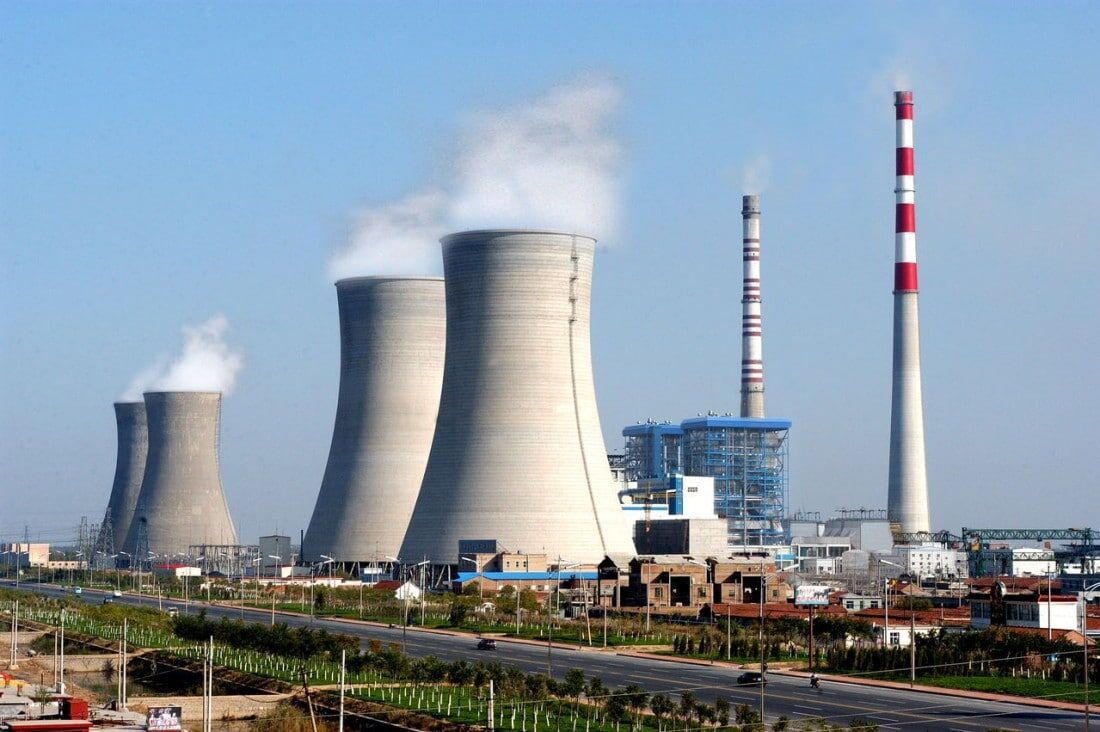Farhad Shahraki pointed to the structural causes of the imbalance in Iran’s energy system, noting that extensive subsidies and weakly progressive tariffs have distorted the real cost of consumption and led to higher demand elasticity, resulting in increased energy use.
He said the supply side has also lagged behind, citing reduced investment growth in the upstream gas sector, the natural decline of some reservoirs, and other contributing factors. “Low efficiency in buildings and industries, incomplete enforcement of Building Code Chapter 19, outdated heating systems, and heat loss through building envelopes and industrial processes such as furnaces, boilers, and steam systems are among the reasons behind the energy imbalance,” he added.
Insufficient economic incentives for equipment upgrades
Shahraki said the country’s heavy dependence on gas for power generation has had serious consequences. “The high share of gas in the power mix, slow renewable energy expansion, and increased electricity use for heating have all exacerbated pressure on gas supplies in winter,” he said.
He also highlighted governance and regulatory challenges, including institutional overlap, frequent rule changes, and incomplete enforcement of legal mandates, which have aggravated the structural imbalance in the energy sector.
When asked why household and industrial gas consumption has reached critical levels, Shahraki cited low initial-tier tariffs, poor insulation, lack of thermostats and smart controls, single-pane windows, and air infiltration in homes. “High energy intensity in industries such as cement, steel, ceramics, and petrochemicals, coupled with the absence of systematic energy management and weak economic incentives for modernizing equipment with higher efficiency, have pushed gas consumption to alarming levels,” he said.
Key solutions to address energy imbalance
According to Shahraki, current policies—such as public consumption warnings, temporary industrial restrictions, and substituting liquid fuels—are essentially emergency responses that do not address the underlying structural issues.
He identified several key measures to resolve the imbalance: replacing cleaner fuels in power plants; expanding gas storage through optimized existing reservoirs and preemptive injection before winter; recovering flare gas from oil and gas fields and refineries for winter use; maintaining targeted support for low-income households while adjusting higher tariff tiers and rewarding savings; developing renewable energy; completing gas transmission and compression infrastructure; and expanding storage capacity to withstand several consecutive critical days.
Shahraki also emphasized the need for full implementation of the Seventh Development Plan’s provisions on flare gas collection, gas storage, and efficiency improvement.


Your Comment